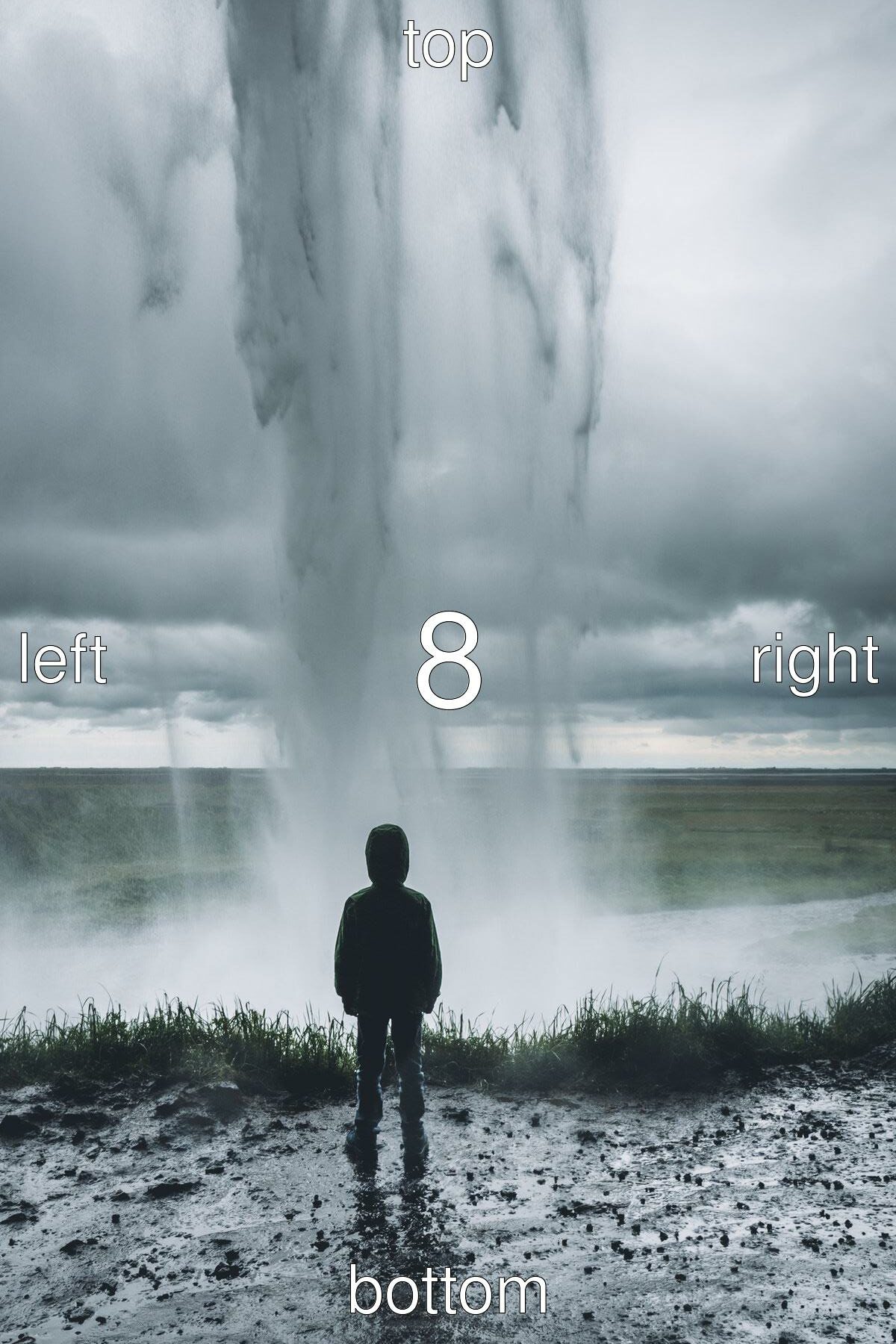The JGU Plotly plugin provides a WordPress shortcode for
displaying your Plotly Data in your WordPress Page.
Welche Formatierungen brauchen wir?
- 1 Tipp:
💡 wie erzeug ich die json-Daten - 2 Attention / Achtung:
❗ Was kann schiefgehen - 3 Warnung:
⚠ ️ Warning Sign - Shortcode: die vier accent grave text
- Knopf: Gehe zu → Mit Server verbinden → … (⌘K)
Activate the Plugin
You activate this plugin in the Dashboard → JGU Tools → Plugins
hier beginnt der content block
mit Bild:

hier endet der content block
Shortcode usage (das könnte auch in einen eigenen Inhaltsbaustein. Oder gleich den für das Plugin? haben wir User Plugins ohne shortcode?) jgu auth. DA ist aber auch kein Hinweis zum Plugin-Einschalten, weil das die Redakteure nicht selbst machen können.
Be careful to edit the shortcode in the text mode only. Editing in the visual mode may cause the shortcode to fail entirely due to HTML tags in the code.
The shortcode comes with a set of parameters that allows you to ...
Some parameters are necessary for the Plugin to function correctly.
Some parameters are mutually exclusive, you can only use one of a set.
Some parameters may be combined. In each parameter description we hint these feature characteristics
[[plugin]]Basic shortcode parameters
url
Input for the Plugin is a json file specified in the url
Example for n...
- Value: one URL
- The Parameter is: Mandatory
name
Names the data, necessary if more than one plotly chart has to be shown on one page
- Values: a name without spaces, you may invent the name, it is needed to identify the graph
- The Parameter is: Mandatory
Code-Examples, please copy
[jgu-plotly url="https://gitlab.rlp.net/statistics.json" name="totallyinvented"]
Live-Example
Try our Demo → JGU Plugin https://www.blogs.uni-mainz.de/demo/jgu-plotly/
works like this, too:
Try our Demo → JGU Plugin
TODO: says so much more than 1000 words image with absolute path
TODO: screeenshot-Rand fürs Bild
